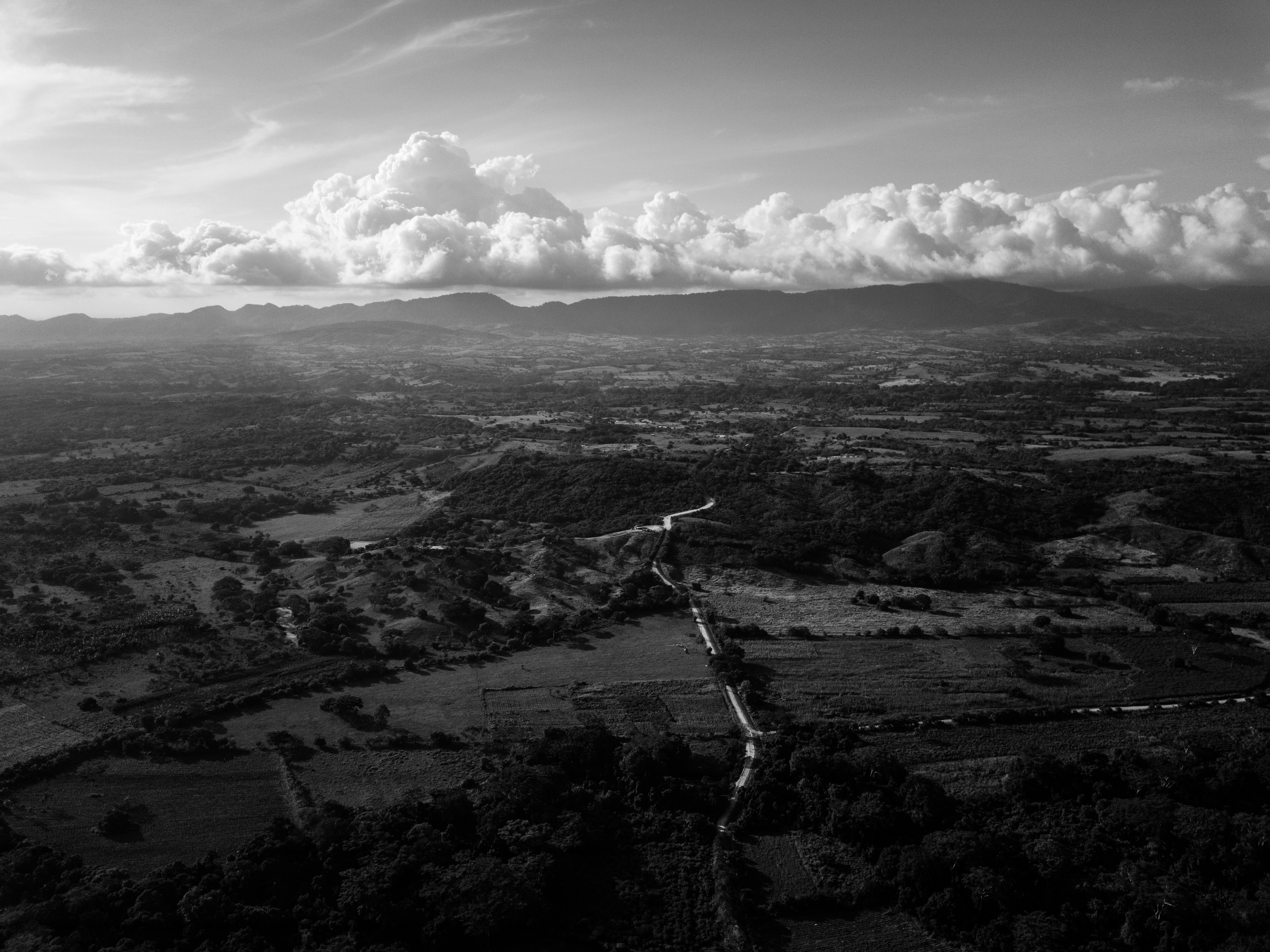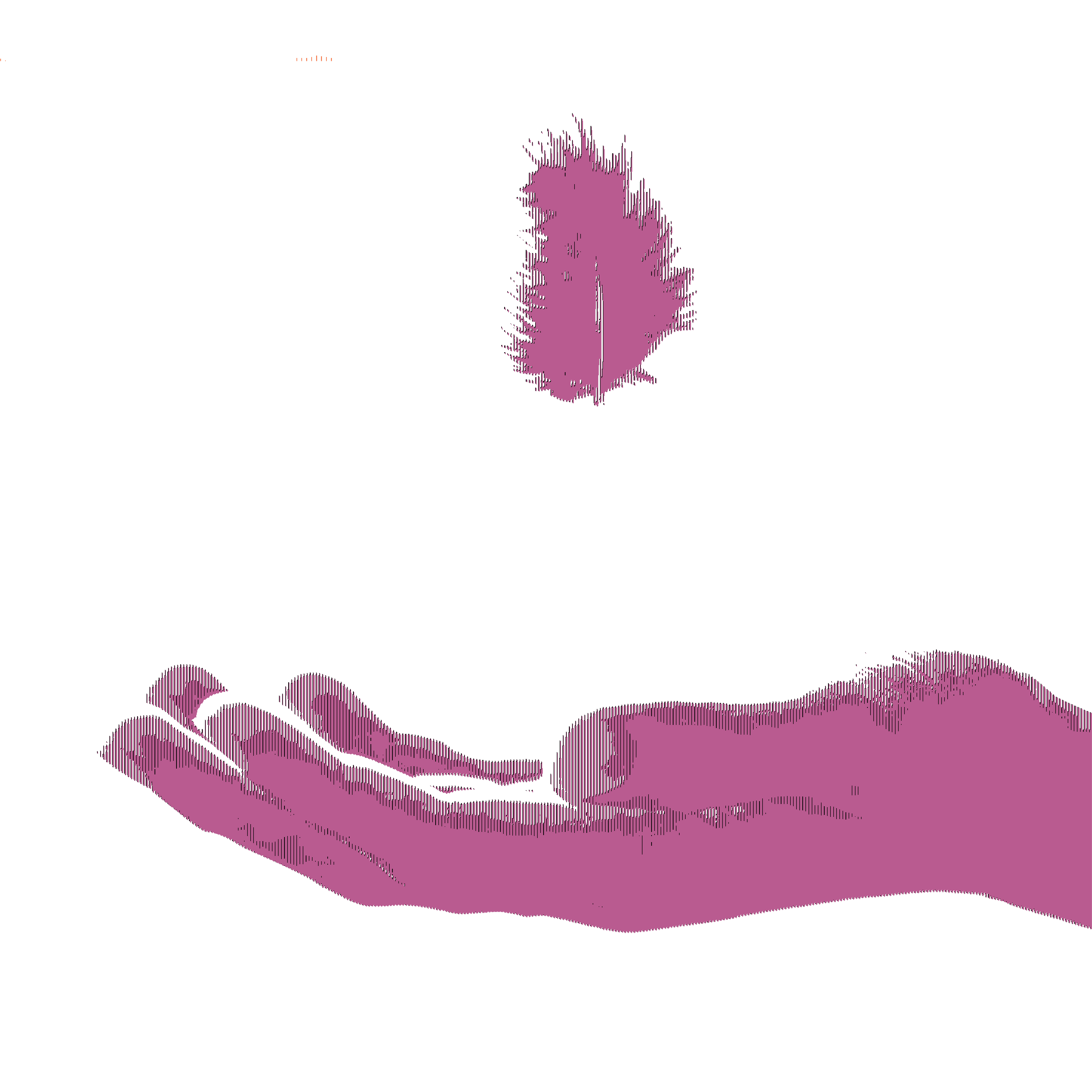
BOGOTA, COLOMBIA — The Colombian government's peace agreement with former guerilla fighters is a necessarily weighty tome: 310 pages on how to end the longest-running insurgency in the Americas.
It promises many things: improvements to the countryside so that those living in the poorest of areas might finally share in the country's development, a justice tribunal, and a plan to combat the illicit coca crop problem.
It also guarantees that leaders of the Revolutionary Armed Forces of Colombia, or FARC, a guerrilla group that spent decades trying to bring down the Colombian political establishment would have 10 seats in Congress. A fast-track ticket to political visibility, it meant that guerrilla leaders who were once some of the most feared people in the country would have five seats in the Senate and five in the House of Representatives.
Among the group sworn in this past summer are two women: Sandra Ramirez, the widow of one of the founders of the FARC, and Victoria Sandino, who spent 24 years in the insurgency and rose up the ranks to become one of the group's best-known female members.
Those women, who spent decades on the run, now have offices on the top floor of the Colombian Senate building, with small brass plaques announcing their names. They debate with politicians who once swore to eliminate the FARC, and co-author motions to recognize the ownership rights of small-plot farmers to their own land, a subject that they have always argued was behind their armed struggle.
Two years after the peace deal was signed, the agreement remains a source of contention. Many in Colombia believe the government should never have made peace with the fighters while others say bringing the war to an end was worth the hefty compromises made in the deal. Violence in the country is down, but implementing the agreement has been slow, a fact that has drawn criticism from U.N. observers. Meanwhile, the spillover effects of the peace deal have translated into increased coca production and deforestation.
Sandino, now 53, acknowledges how dramatically her life has changed.
"There were many times during the fighting that I thought 'this is it,'" she says of her rebel past. "The battles were very hard, and so were the aerial bombardments. If we hadn't had places to hide they would have wiped us off the map."
She adds: "Personally I never imagined that I would be here."
From a poor, rural part of northern Colombia – near where the hook of Panama reaches the Colombian landmass – Sandino grew up in an area torn by the fighting. Her family was forced to move four times because of threats from different armed groups.
She joined the Communist Youth but decided that real change in Colombia was not going to come about by politics alone and headed to the jungle to join the guerrilla.
Recent allegations against FARC's former guerrillas have focused on war crimes such as rape – a charge leveled against all sides in the conflict. Other reports have examined the alleged mistreatment of women within the organization, including reports of sexual abuse and some women undergoing forced abortions so that they could continue to fight.
Still, Sandino argues that the FARC was good for women. "Having a gun made us strong."
While she speaks she intermittently taps away at a laptop or struggles with the technology on her smartphone as messages roll in. She is direct when explaining the best aspects of the peace deal.
"Sincerely and honestly, what I like is that the violence in the battlefield has stopped, the loss of life among guerrilla fighters and soldiers. That is huge. But the second thing is having the opportunity to talk to and meet people."
The peace deal has made Sandino a national political figure. For some, her move into politics represents everything that was wrong with the agreement; for others, her presence in the capitol is a sign of how quickly things can change.
She went to the Cuban capital of Havana to help draft the peace deal chapter on women in the post-conflict setting and leads the party's policy on women's issues. She recently flew to Geneva to speak to the U.N. about the accords.
Although she has apparently transitioned fluidly into the role of politician – she is smooth in her responses – in general the FARC's transition into conventional society hasn't been easy.
The group changed its acronym from the "Revolutionary Armed Forces of Colombia" to the "Revolutionary Alternative Common Force" and its logo from two crossed guns to a rose, but still they scored terribly in national elections last March, winning less than 1 percent of the vote. Victims once too afraid to speak up are now finding their voice. There remains a huge sense of frustration among some parts of the population: that FARC members won't spend time in prison if they tell the truth about what they did.
"She should be in jail," says Paloma Valencia, a senator who opposed the peace deal, adding that it has been "hard, very hard," to see ex-guerrillas like Sandino welcomed onto the country's political scene. "They killed a lot of people, did a lot of bad things, they did not tell the truth. They did not even need to win votes to be here."
Those 10 seats they were promised under the deal are guaranteed for two terms, giving the FARC a small platform, but still they face an uphill battle if they are going to ease public anxiety about a group that for decades carried out kidnappings for ransom and terror attacks.
"It's a difficult transition," says Jorge Restrepo, a researcher at the Conflict Analysis Resource Center, a Bogota-based independent organization that focuses on armed violence. "They face this almost consensus rejection from the electorate and political actors. And it's offensive to a large majority of the Colombian population that they are now members of Congress."
"But it is also a demonstration of the scope and possibilities of reconciliation that just two years after the conflict ended we have these members of Congress. That speaks volumes."
Sandino says the reintegration strategy is stalling, and that the government hasn't given former FARC combatants the land they were promised under the deal. Failing now, she warns, risks losing the opportunity to improve the poor living conditions that led thousands of people to join the guerrilla force in the first place.
There have also been failures on the side of the FARC. Jesus Santrich, one of the group's top lieutenants, was arrested in April on drugs trafficking charges related to crimes alleged to have taken place after the signing of the deal. His possible extradition to the U.S. led the FARC's chief negotiator to resign his seat in Congress and return to the jungle from where he has criticized the new government's approach to the peace deal. There are reports that a significant number of ex-FARC fighters are taking up their guns again.
Sandino says giving an honest assessment of the deal – what was promised and what has been achieved – may take a decade. It won't be easy, she says, but she hopes it will be worth the fight.
"Peace is what many Colombians want, what they dream of," she says. "We learned in Havana that we weren't going to the table to convince the opposition, but to reach an agreement. What's important today is if people are ready to work for peace, that's the question we need to be asking."









